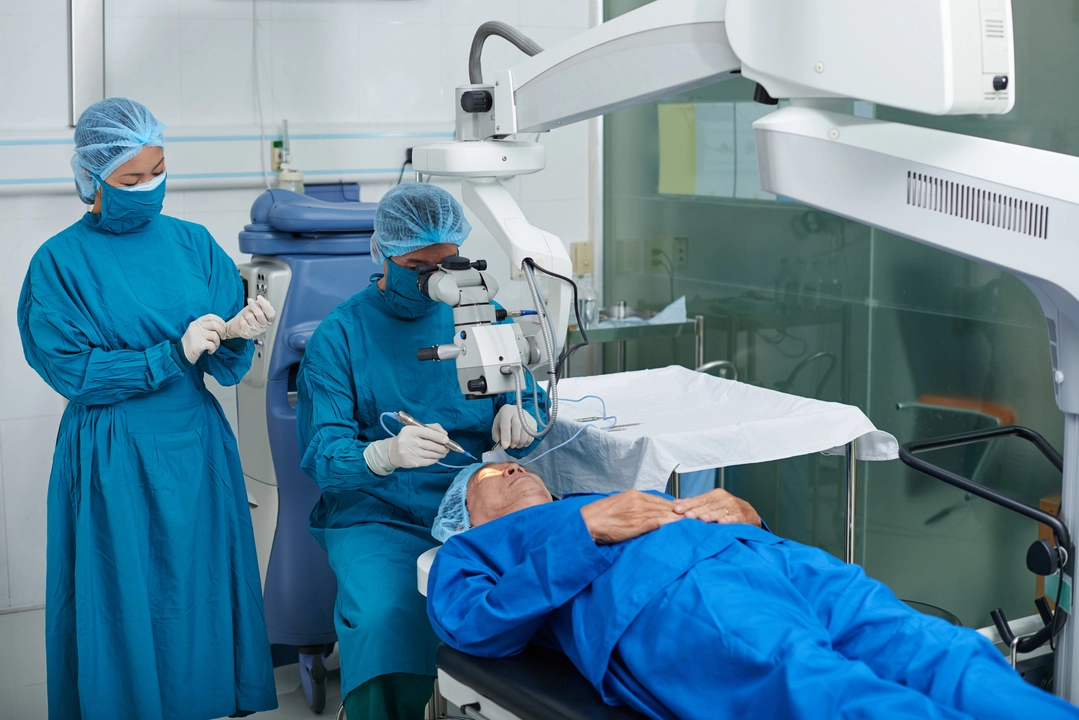Loteprednol eye drops — what they treat and how to use them safely
Loteprednol (often sold as loteprednol etabonate) is a prescription eye steroid doctors use to reduce inflammation inside the eye. You’ll see it prescribed after eye surgery, for certain allergic eye reactions, and for some kinds of uveitis or post-operative swelling. It’s a "soft" steroid designed to break down faster in the eye than older steroids, which can lower the chance of systemic side effects — but it still needs careful use.
How loteprednol works and when doctors prescribe it
Loteprednol blocks inflammatory chemicals in the eye that cause redness, swelling, and pain. Typical reasons a doctor prescribes it include inflammation after cataract surgery, severe allergic conjunctivitis, and certain inflammatory eye conditions. Your eye doctor will pick the strength and dose based on how serious the inflammation is. This is a prescription drug — don’t use it without a doctor’s check.
How to use loteprednol eye drops
Follow your doctor’s instructions exactly. General tips that help the drops work and avoid contamination:
- Wash your hands before touching the bottle or your eye.
- Tilt your head back, pull down your lower eyelid, and put one drop into the pocket formed by the lid.
- Avoid touching the bottle tip to the eye or skin — that keeps the bottle clean.
- If you need more than one drop, wait 5–10 minutes between different eye medications so each one is absorbed.
- If you wear contact lenses, remove them before using drops and wait at least 15 minutes (or as your doctor says) before putting lenses back in.
- Use the exact number of drops and duration your doctor told you. Don’t skip the tapering step if prescribed — many eye steroids need a gradual dose reduction to prevent rebound inflammation.
For ointments, apply a thin strip inside the lower eyelid at bedtime. Ointments can blur vision for a short time, so avoid driving until vision clears.
Side effects and safety warnings
Common local side effects include eye irritation, burning, stinging, and temporary blurred vision. More serious risks are possible with long-term use: increased intraocular pressure (glaucoma), cataract formation, and worsening or masking of eye infections. Don’t use loteprednol if you have an active viral eye infection (like herpes) or certain bacterial or fungal eye infections unless your doctor has told you to.
If you experience eye pain, sudden vision change, light sensitivity, or signs of infection (yellow discharge, worsening redness), stop the drops and contact your eye doctor right away. Your doctor may monitor eye pressure during prolonged treatment.
Loteprednol can interact with other eye meds, so tell your doctor about all eye drops and systemic medicines you use. Pregnant or breastfeeding? Ask your doctor — topical eye steroids usually have low systemic absorption, but your doctor will weigh risks and benefits.
Bottom line: loteprednol can be very effective for eye inflammation when used correctly. Follow dosing instructions, protect the dropper from contamination, watch for warning signs, and keep follow-up appointments so your eye doctor can monitor progress and eye pressure.

Post-Operative Treatment with Loteprednol: What to Expect
May 11 2023 / Health and MedicineRecently, I underwent a surgery and my doctor prescribed Loteprednol for post-operative treatment. I discovered that Loteprednol is a corticosteroid eye drop used to reduce inflammation and pain after eye surgeries. The treatment typically lasts for about two weeks and it's essential to follow the prescribed dosage and schedule. I experienced minimal side effects, such as mild burning or itching, but overall, Loteprednol played a significant role in my recovery process. It's important to consult with your doctor if you have any concerns or questions about using Loteprednol post-surgery.
VIEW MORE